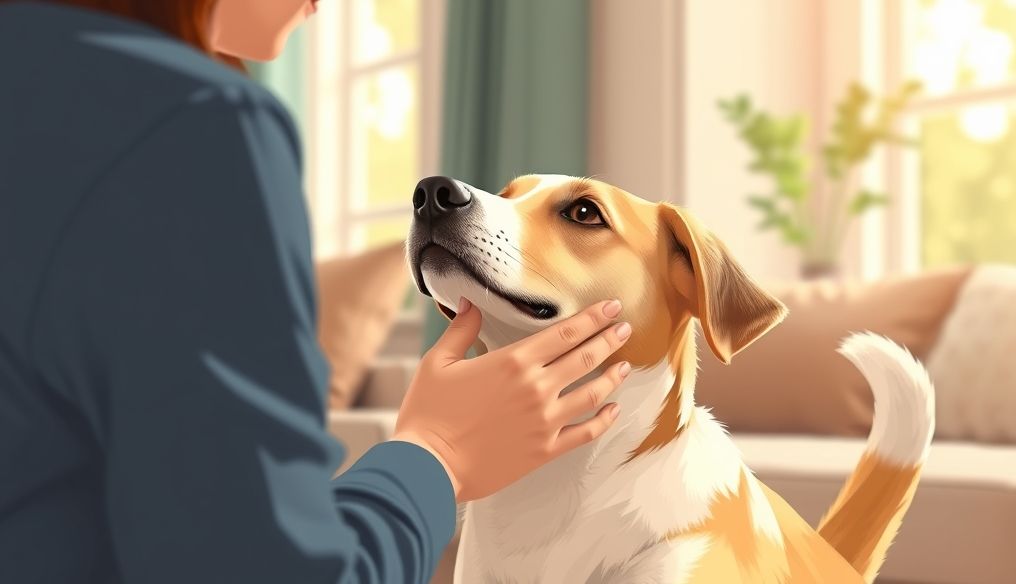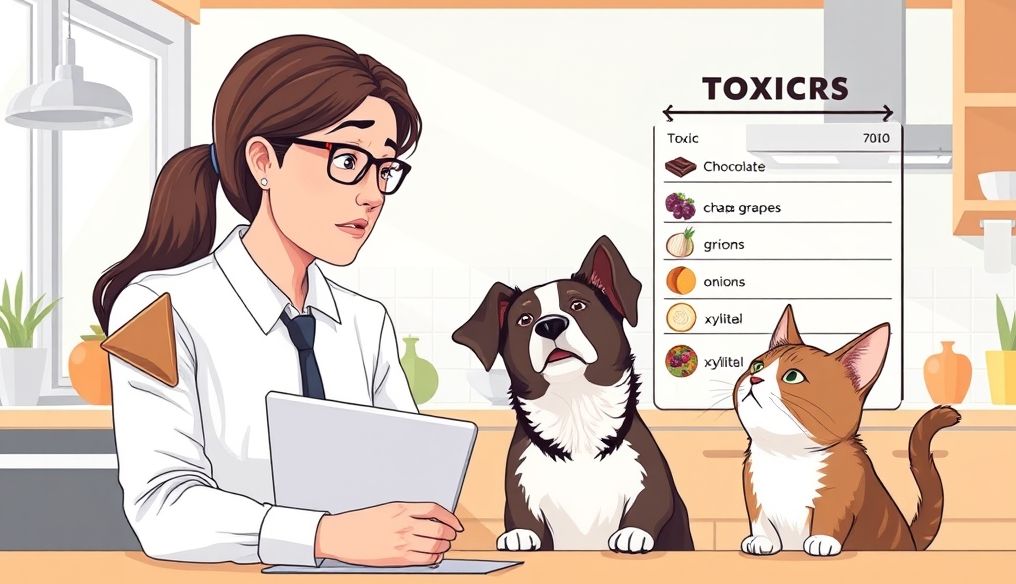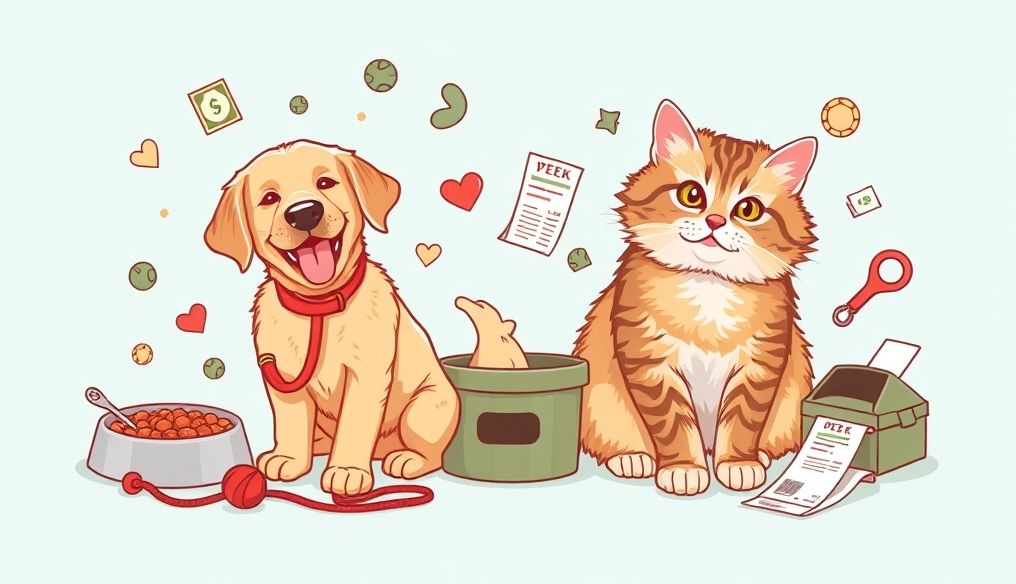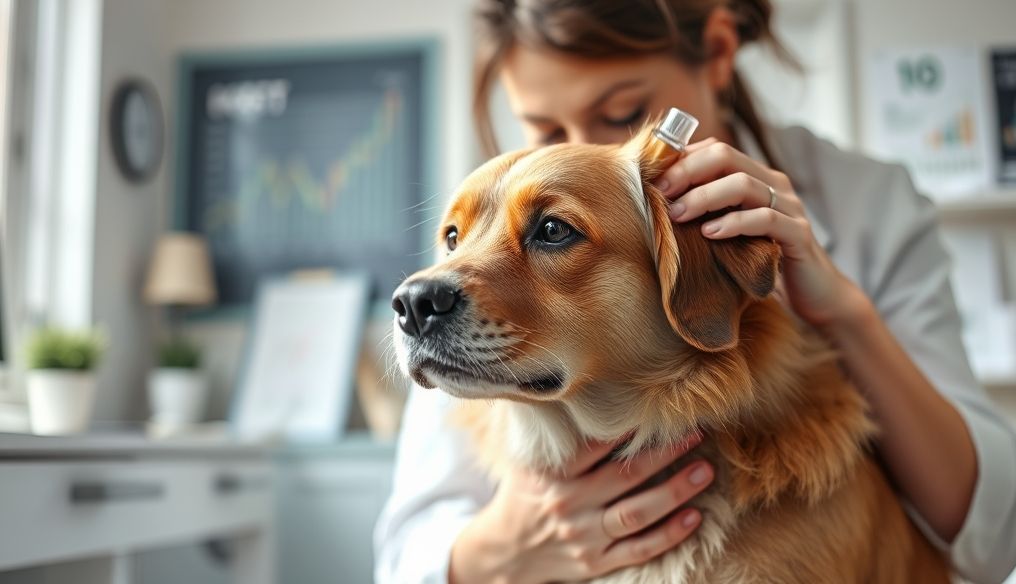Introduction: A Window into Your Pet's World
Pets, whether they are cats, dogs, or others, communicate with us constantly, not just through barking or meowing, but also through a complex body language. Understanding this language helps us understand their needs, avoid misunderstandings, and build a stronger, more harmonious relationship with them.
Chapter 1: The Basics of Body Language in Pets
What is Body Language?
Body language is a set of non-verbal cues that animals use to express their feelings and intentions. These cues include body posture, facial expressions, tail and ear movements, and even gazes.
Why is it Important to Understand Body Language?
- Improved Care: Understanding your pet's health and emotional needs.
- Avoiding Behavioral Problems: Recognizing signs of stress or fear before they escalate.
- Strengthening the Relationship: Building a stronger, more understanding bond with your pet.
- Safety: Recognizing signs of anger or aggression to avoid bites or scratches.
Chapter 2: Dog Body Language: A Comprehensive Guide
The Tail: A Mirror of the Dog's Emotions
- Tail Up and Wagging: Often indicates happiness and excitement.
- Tail Down or Tucked Between the Legs: Indicates fear or submission.
- Tail Straight and Stiff: May indicate aggression or challenge.
Ears: Indicators of Attention and Alertness
- Ears Erect: Indicate attention and alertness.
- Ears Drooping or Flattened: Indicate fear or submission.
Facial Expressions: Reading Emotions in the Eyes and Mouth
- Wide Eyes: May indicate fear or surprise.
- Narrowed Eyes: May indicate aggression or focus.
- Panting with a Relaxed Mouth: Often indicates happiness and relaxation.
- Lip Licking or Showing Teeth: Indicates aggression or warning.
Body Posture: Expressing Confidence or Fear
- Standing Erect with Head Held High: Indicates confidence and dominance.
- Crouching or Lowering: Indicates fear or submission.
- Play Bow: An invitation to play.
Chapter 3: Cat Body Language: Understanding Feline Mystery
The Tail: Not Just a Balancing Tool
- Tail Up and Wagging: Often indicates happiness and greeting.
- Tail Puffed Up: Indicates fear or anger.
- Tail Tucked Between the Legs: Indicates fear or submission.
- Tail Wrapped Around Your Leg: A sign of affection.
Ears: Emotion Radars
- Ears Erect: Indicate attention and alertness.
- Ears Flattened or Pointed Backwards: Indicate fear or anger.
- Twitching Ears: May indicate frustration or confusion.
Facial Expressions: Feline Complexities
- Narrowed Eyes or Slow Blinking: A sign of relaxation and trust.
- Wide Eyes: May indicate fear or surprise.
- Growling or Hissing: Signs of anger or fear.
Body Posture: The Language of Silence
- Lying on the Back with Belly Exposed: A sign of trust and relaxation (not always an invitation to touch!).
- Arched Back: May indicate fear or anger.
- Kneading: An instinctive behavior associated with comfort and security.
Chapter 4: Body Language of Other Pets
Rodents (Hamsters, Rabbits, etc.):
Rodents primarily communicate through scents and physical movements. For example, a rabbit may thump its hind foot to warn others of danger.
Birds:
Birds use a variety of signals, including fluffing feathers, hopping, and vocalizations, to express their feelings.
Reptiles:
Reptiles rely on body language for thermoregulation and communication. For example, lizards may bask in the sun to raise their body temperature.
Chapter 5: Signs of Stress and Fear in Pets
Being able to recognize signs of stress and fear in your pet is crucial to preventing behavioral problems and providing a safe and comfortable environment.
- Excessive Panting (in Dogs): Even in the absence of heat or physical exertion.
- Involuntary Urination or Defecation: A sign of extreme fear.
- Hiding or Trembling: An attempt to avoid the stressful situation.
- Lip Licking or Excessive Yawning: Signs of mild stress.
Chapter 6: How to Respond to Your Pet's Body Language
Once you learn to read your pet's body language, you can respond appropriately to their needs.
- Provide a Safe and Comfortable Environment: If your pet is scared, remove them from the stressful situation or provide a safe place to hide.
- Communicate Gently and Calmly: Use a calm and soothing tone of voice.
- Avoid Punishment: Punishment increases stress and fear.
- Consult a Veterinarian or Behavior Trainer: If you are having difficulty understanding your pet's behavior.
Chapter 7: Common Mistakes in Understanding Body Language
It's easy to make mistakes when interpreting pet body language, especially if you're new to it.
- Assuming a Wagging Tail Always Means Happiness: Context is important. A wagging tail may be a sign of excitement, but also of tension.
- Ignoring Subtle Cues: Small signals like lip licking or excessive yawning are often the first signs of stress.
- Applying Human Standards to Animals: Don't assume your pet thinks or feels the same way you do.
Chapter 8: Tips for Enhancing Communication with Your Pet
Understanding your pet's body language is just the beginning. Here are some tips for enhancing communication and building a stronger relationship:
- Continuous Observation: Pay attention to your pet's behavior in different situations.
- Continuous Learning: Read books and articles, and watch videos about animal behavior.
- Positive Reinforcement Training: Use rewards to teach your pet desired behaviors.
- Spending Time with Your Pet: The more time you spend with your pet, the better you will understand their behavior.
Conclusion: Understanding your pet's body language is key to a happy and healthy relationship. By paying attention to the signals your pet sends, you can improve their care, avoid behavioral problems, and build a stronger, deeper bond.




